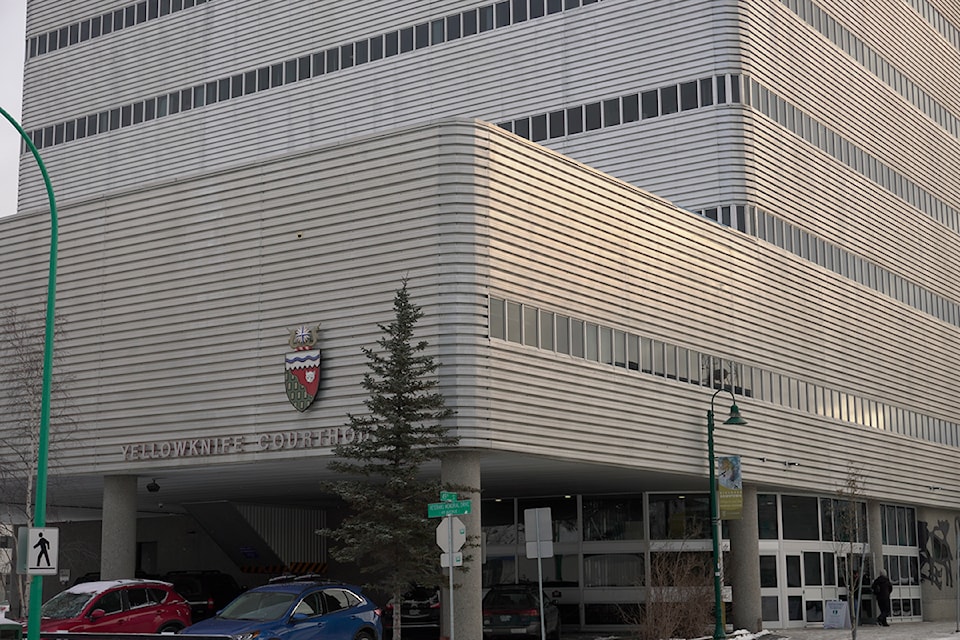The overwhelming number of sexually violent acts in the territory shows our current system of locking people up and labelling them as predators isn’t working.
In fact, these reports have become commonplace. A man sexually assaulted his cousin while she slept; a teenager was raped in her sleep by a man; a recent call by RCMP for victims of a man called “Pastor Brad” to come forward… each incident is abhorrent on its own, but the scale of this problem is staggering.
“More remarkable is the fact that 96 per cent of lifetime sexual violence against Indigenous women is perpetrated by someone of another race. For Indigenous men, it is only slightly lower at 89 per cent. By contrast, perpetrators of sexual violence against white women and men are overwhelmingly intraracial at 91 per cent,” according to a 2018 article by The Interdisciplinary Journal of Partnership Studies.
Results of a recent survey asking how safe women feel in Yellowknife taxis detailed 500 incidents where women felt “unsafe.” Northern News Services first reported on the issue when women in the city took to Facebook to share their experiences after a woman posted on a local page about a taxi ride that left her shaken and scared to take taxis, other than with a single driver she trusts.
Women aren’t the only victims – more than half of women and men in the NWT were sexually assaulted before the age of 15.
Janet Dean of the Status of Women Council of the NWT said the council has adopted a training curriculum developed by its Yukon counterpart that teaches cab drivers about consent, boundaries, appropriate communication, and how to create a respectful and safe environment for passengers.
A great start, we think — proactive training like this could benefit workplaces of all ilks — and the council isn’t the only group trying to get ahead of this sobering issue.
A man from Yellowknife was also spurred to action by the taxi survey. Last week he sent an email blast asking men to attend a meeting where they could write a letter reflecting the group’s intentions for an “action-oriented strategy” to address the overwhelming number of women who feel unsafe while taking taxis.
The group met on April 22, and although Northern News Service’s request for comment was not received by press time, we look forward to hearing more about this initiative.
The aforementioned 2018 Interdisciplinary Journal of Partnership Studies’ article, titled Ending Sexual Violence through Transformative Justice, makes the case that the common practice of punishing offenders through incarceration and social alienation doesn’t solve the problem — actually, the article contends, it makes it worse.
“This hyper-focus on ‘the monsters’ does a disservice to all of us — it severely limits our collective ability to accurately perceive warning signs of abuse. It immobilizes (abusers) from taking responsibility for their action out of a fear of being rejected and ostracized as monsters,” the article states.
As Cherokee and anti-violence activist Andrea Smith pointed out in the article, “…reliance on the criminal justice system to address gender violence would make sense if the threat were a few crazed men whom we can lock up.”
If only it were so simple. Those who are labelled sexual predators are isolated from society and deemed monsters, which only obscures why sexual violence happens in the first place; it also makes the problem worse.
So, to start to fix the problem, we have to treat offenders as human beings rather than monsters.
We can offer supports for people dealing with sexual assault but what we really need, in addition, is a system that offers healing to perpetrators of sexual violence. That may seem like a tough pill to swallow for people who’ve experienced sexualt assault — how is it fair that someone who violated someone so completely, not be punished? In fact, ideas like restorative or transformative justice don’t jive with our idea of what justice is, at all. Many of us want the people who hurt us to hurt, too.
This kind of justice calls for a punishment that matches the crime and is inseparable from our understanding of what justice actually means.
The saying “hurt people hurt people” rings true. We have a problem that the courts and stretches in prison don’t seem to fix. It’s time to heal these wounds at the source.
